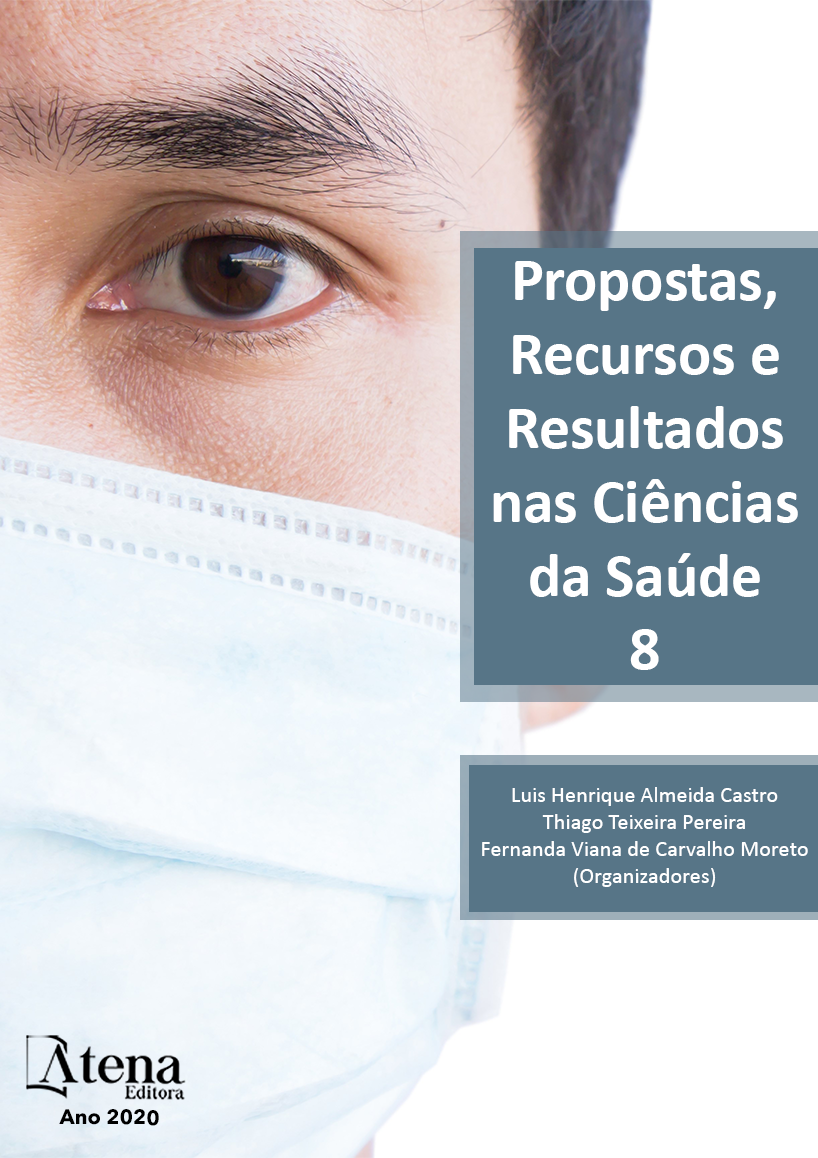
FEBRE INFANTIL E SEU MANEJO PELOS PAIS OU CUIDADORES
Objetivo: identificar o conhecimento, fontes de informação e atitudes e compreender a influência das crenças, experiências e práticas na conduta dos pais ou cuidadores no manejo da febre infantil. Metodologia: estudo de método misto. A amostra foi composta por 286 pais ou cuidadores que procuraram o serviço de urgência de um Hospital Infantil em Belo Horizonte com relato de febre na criança. Destes, 6 pais ou cuidadores foram selecionados para participar de entrevista semiestruturada. Resultados: 45,6% dos pais e cuidadores possuíam o ensino médio, 54% ganhavam até um salário mínimo e 42% tinham um filho. 70% possuíam termômetro, 48,4% não observaram o tempo adequado para retirá-lo. 29,4% verificavam pela palpação. 34,3% conceituaram febre a partir de 37,5°C. 96,3% administravam antitérmicos e 83,3% desconheciam os efeitos adversos. 14% administravam antibióticos. 70% consideravam que a febre trazia malefícios e que o pior dano é a convulsão. Os discursos sugeriram forte influência cultural e do saber comum. Conclusão: Considera-se, portanto, que os participantes possuíam medos, crenças e práticas de manejo da febre similares. Em algumas situações demonstraram conhecimento e percepções limitados, ocasionando em atitudes errôneas frente à febre. A febre fobia persiste, pais ou cuidadores demonstram insegurança para cuidar da criança febril.
FEBRE INFANTIL E SEU MANEJO PELOS PAIS OU CUIDADORES
-
DOI: 10.22533/at.ed.3672025061
-
Palavras-chave: Febre. Conhecimento. Criança. Percepção. Atitude.
-
Keywords: Fever. Knowledge. Child. Perception. Attitude.
-
Abstract:
Objective: to identify knowledge, sources of information and attitudes and to understand the influence of beliefs, experiences and practices in the conduct of parents or caregivers in the management of childhood fever. Methodology: study of mixed method. The sample consisted of 286 parents or caregivers who sought the emergency service of a Children's Hospital in Belo Horizonte with a report of fever in the child. Of these, 6 parents or caregivers were selected to participate in a semi-structured interview. Results: 45.6% of parents or caregivers had high school education level, 54% earned up to a minimum wage and 42% had one child. 70% had a thermometer and 48.4% did not observe the adequate time to remove it. 29.4% verified by palpation. 34.3% considered fever from 37.5°C. 96.3% administered antipyretics and 83.3% were unaware of the adverse effects. 14% administered antibiotics. 70% considered that the fever was harmful and that the worst damage is the seizure. The reports suggested a strong cultural influence and common knowledge. Conclusion: Therefore, it is considered, that the participants had similar fears, beliefs and management practices for fever. In some situations, they demonstrated limited knowledge and perceptions, leading to erroneous attitudes towards fever. The phobia fever persists, parents or caregivers demonstrate insecurity to care for the feverish child.Objective: to identify knowledge, sources of information and attitudes and to understand the influence of beliefs, experiences and practices in the conduct of parents or caregivers in the management of childhood fever. Methodology: study of mixed method. The sample consisted of 286 parents or caregivers who sought the emergency service of a Children's Hospital in Belo Horizonte with a report of fever in the child. Of these, 6 parents or caregivers were selected to participate in a semi-structured interview. Results: 45.6% of parents or caregivers had high school education level, 54% earned up to a minimum wage and 42% had one child. 70% had a thermometer and 48.4% did not observe the adequate time to remove it. 29.4% verified by palpation. 34.3% considered fever from 37.5°C. 96.3% administered antipyretics and 83.3% were unaware of the adverse effects. 14% administered antibiotics. 70% considered that the fever was harmful and that the worst damage is the seizure. The reports suggested a strong cultural influence and common knowledge. Conclusion: Therefore, it is considered, that the participants had similar fears, beliefs and management practices for fever. In some situations, they demonstrated limited knowledge and perceptions, leading to erroneous attitudes towards fever. The phobia fever persists, parents or caregivers demonstrate insecurity to care for the feverish child.
-
Número de páginas: 17
- Ronaldo Machado Silva
- Elton Junio Sady Prates
- Flávio Diniz Capanema
- Antonio Tolentino Nogueira de Sá
- Luiz Alberto Oliveira Gonçalves
- Regina Lunardi Rocha
- ANA CAROLINA MICHELETTI GOMIDE NOGUEIRA DE SÁ


